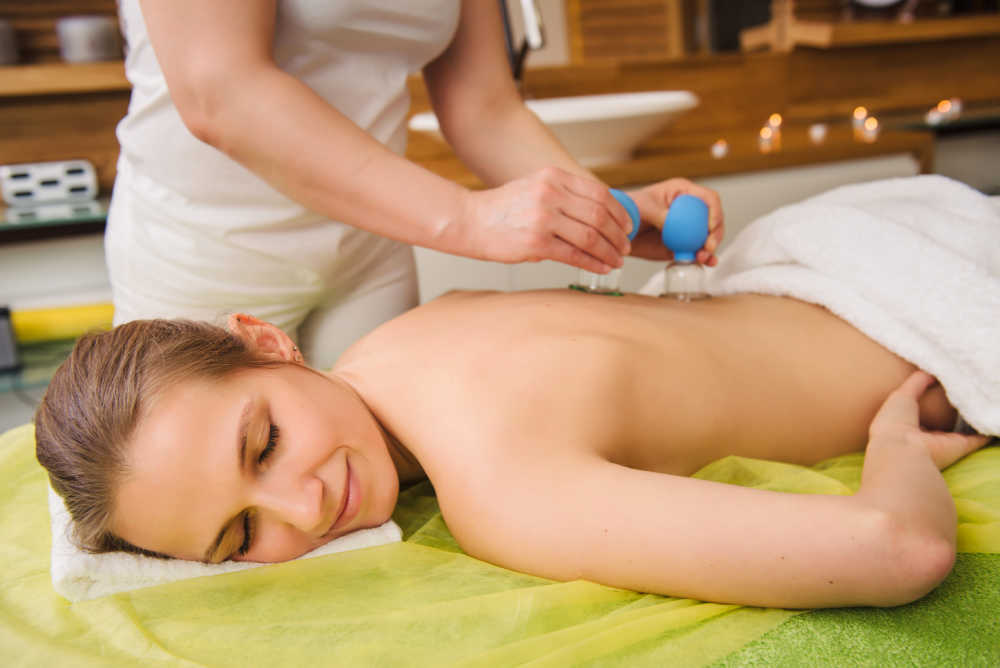Cupping Therapy
Modern & Traditional Cupping Therapy
The earliest mentions of Cupping Therapy that we have is from 1500BC and since then it’s been used all over the world, from being written about extensively by Hippocrates from Greece to all throughout Asia, suction to achieve a therapeutic effect has been practiced by indigenous cultures all over the world, including in Australia.
In this clinic there are three different types of cupping therapy practiced:
Traditional Chinese Cupping Therapy
Traditional Chinese glass cupping is where glass globes are applied to the skin using a flame. At this clinic glass cupping is a standalone treatment in the traditional Chinese and Russian style which aims at opening the bladder and gallbladder energy meridians and grounding the qi. Heated glass cups are used as a massage tool before they’re heated and applied in a blanket over the client’s back. Then they receive a traditional Shiatsu style massage down the legs. This treatment is very relaxing and is ideal for someone who is stressed and carries a lot of tension in their shoulders.
Modern Silicone Cupping Therapy
Silicone cupping is a more modern invention. Instead of glass the cups are made of silicone, which makes them more manoeuvrable and easier to apply over bony areas. This makes them ideal for treating injuries, correcting connective tissue dysfunction, relieving swelling and helping regain mobility. They get used a lot in this clinic for sciatic pain and shoulder injuries.
Face Cupping Therapy
Face cupping utilises tiny suction cups that are specifically for the face and it is a treatment that is ideal for occipital and temporal headaches and migraines, tension headaches, facial scarring, sinus congestion and just for relaxation. Facial cupping can be a standalone treatment or it can be incorporated into your massage.
Would you like to know more?
Please contact me or come visit me in my clinic.
Shop 2, 13 Ellenborough Street
Ipswich, QLD, 4305

I would like to acknowledge and pay my respects to the Jagera, Yuggera and Ugurapul people who are the traditional custodians of the unceded land on which I live and work. I acknowledge all the traditional owners of Country throughout Australia. I acknowledge their continued connection to land, waters and community and pay my respects to their Elders past, present and emerging. I would like to pay my respects to First Nations traditional healers of this country who are still healing their communities today.
Western herbal medicine is a practice that is steeped in colonization so I would like to acknowledge and pay my respects to First Nations healers from all over the world as well as to the enslaved African American healers, who braided seeds into their hair in the hope of a better future. Their knowledge and experience allow me to help people today and my shelves would be much emptier without their contribution. To be an herbalist is to be a link in a chain that stretches back to the dawn of humanity, and whenever I stand outside in my herb garden nurturing medicinal herbs that have been used by humans and woven into our stories for millennia, I am honoured by those who came before me.

